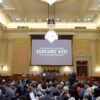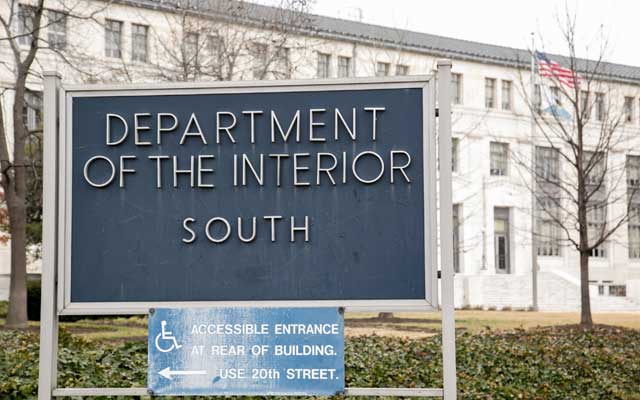The Department of Interior (DOI) on Monday published a final rule extending the time period energy companies can be permitted to kill, injure, or otherwise disturb eagles for up to 30 years.
The rule has been in the works since 2012 and is an expansion of a similar 2009 rule that allowed for five-year permits. Environmental risks exist for nearly all economic projects, but in this instance, the rule has the unintended consequence of killing America’s national bird and lending yet another helping hand to the wind industry.
The proposed rule states that in the course of issuing permits, “it became evident that the 5-year term limit imposed by the 2009 regulations should be extended to better correspond to the operational timeframe of renewable energy projects.” The new rule’s timing is convenient for the Chokecherry and Sierra Madre wind farm, the nation’s largest proposed wind project, of which the DOI’s Fish and Wildlife Service must conduct an environmental impact statement for the permitting process.
In an interesting twist of logic, Tom Vinson, senior director of federal regulatory affairs at the American Wind Energy Association, said the rule is “not just beneficial for us, it’s beneficial for the species as well,” because it requires wind operations to mitigate impact on eagles for those 30 years—even though companies had to do so before the new rule.
Closer to the truth, David Yarnold, president and CEO of the Audubon Society, said that, essentially, “Interior wrote the wind industry a blank check.”
When it comes to the wind industry, the Obama Administration’s idea of sound energy and environmental policy hurts the environment (and the national bird, no less) and forces economic harm on the American public with higher electricity bills and wasteful government spending. While the Obama Administration has more than accommodated renewable energy projects such as wind and solar with special grants, loan programs, tax credits, and regulatory relief, it has used its authority to slow down conventional energy projects in the name of protecting the environment and fighting climate change. Ironically, these are precisely the types of projects that yield the economic growth that gives Americans the wherewithal to protect the environment.
The problem isn’t renewable energy versus conventional energy, such as oil and natural gas—it would have been equally as egregious had the DOI created a whole new rule to accommodate oil and gas companies. The problem is that the federal government has used its authority to favor one type of energy while limiting another.



























